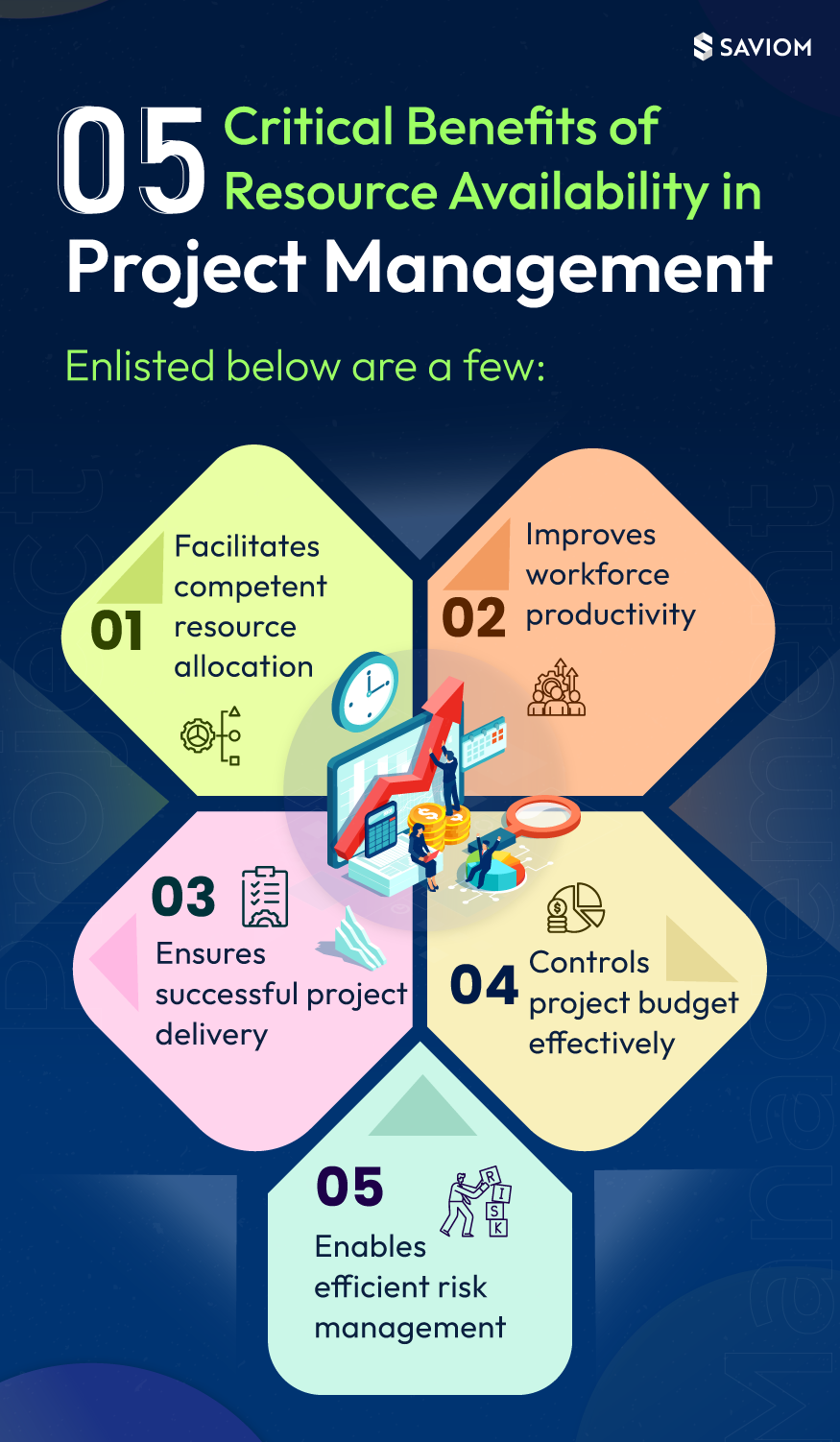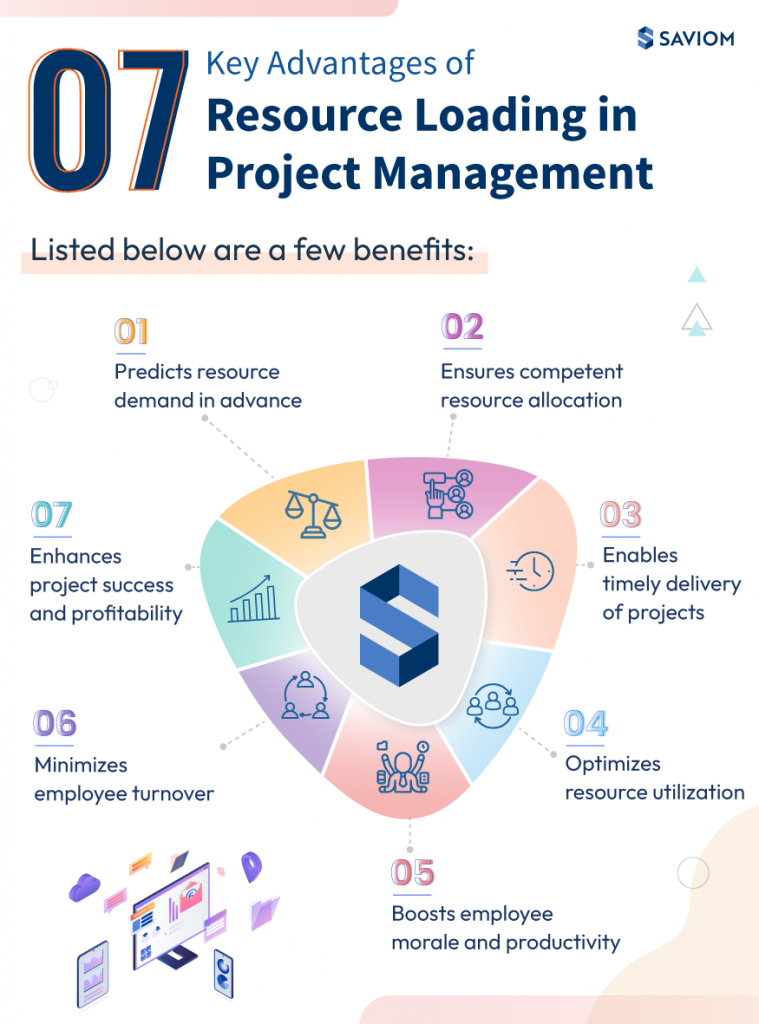Let’s suppose you are organizing an event. What’s the first thing that you would do? Certainly, you will start by enlisting the essential details such as:
- The purpose of the event
- The date and venue
- The budget of the event, and so on!
If you do not set the parameters right at the outset, you may encounter bottlenecks at the execution stage. This step of defining the attributes is known as project initiation in the project management space.
As a project manager, you need to take charge of all the preliminary work when you initiate a project-defining the scope, estimating the budget and timeline, elaborating goals and deliverables, setting KPIs, etc.
Unless a proper framework is established, it will be impossible to complete all the tasks, and the project will collapse before it even begins.
In fact, according to a survey, 65% of projects fail due to project initiation problems.
This is why it’s imperative to prepare a project initiation checklist meticulously.
Here is the detailed blog post that will help you create an effective one for your next project. But first, let’s delve into the basics.
What is a project initiation checklist?
As the name suggests, the project initiation checklist is the starting point of project execution. It contains information about all the critical components that lay the groundwork for the project, such as its goals, scope, essential resources, risks, and stakeholders. With all the information in one place, it keeps project managers, stakeholders, and team members on the same page.
Furthermore, it entails the strategic and technical activities required to meet the success criteria. For example, project managers can specify the project methodology, tools, communication channels, etc., they will implement to accomplish the deliverables. With this list, they can quickly answer the most pertinent questions, such as
- What is the project’s goal?
- What is its potential business value?
- What is the anticipated return on investment?
- What are the key skills required?
- What is the timeline and budget of the project?
Now that the definition is clear let’s understand the necessity of the project initiation checklist.
Why you should create a project initiation checklist?
As stated earlier, PID (Project initiation document) serves as the foundation for the project. It allows the managers to plan the project effectively without overlooking any details. With clarity in skills requirements and budget, they can schedule the right resources at the right cost.
In addition, PID reduces the chances of miscommunication between managers and stakeholders since it keeps them informed of the necessary attributes such as objectives, deliverables, timeline, etc. from the very beginning.
The PID also allows managers to evaluate and state the potential project risks and create mitigation strategies as the project advances. Moreover, managers can standardize the communication plan, meeting frequencies, etc., minimizing room for discrepancies.
Overall, a project initiation checklist is incumbent for successful project delivery and improving client satisfaction.
Having learned how beneficial a project initiation phase is, let’s look at its essential elements.
How to create the project initiation checklist?
Creating a PID requires absolute attention to detail and certain specifics to lay out the necessary information.
Here are seven key steps managers must follow while creating one:
Validate the project charter
Getting a project charter validated by the stakeholders is the first step while formulating a project initiation checklist. The charter is essentially an elevator pitch of the project that outlines significant aspects such as the project objective, scope, and deliverables.
Thus, before the project takes off, it allows stakeholders and managers to agree on the major attributes. Hence, before initiating a project or estimating the granular level requirements, managers must validate the charter to avoid conflicts and bottlenecks later.
Identify the right project stakeholders
In an organization, a stakeholder is an individual or group of individuals who are directly or indirectly affected by the project’s success or failure. Moreover, they have the authority to amend the project plans or strategies or even the end product. Hence, after the project charter is validated and you have clarity about the scope, the next step is to identify the right stakeholders for your project.
Once you identify them, you can specify whom to involve at different project meetings, the reporting line, etc. For instance, a client is a stakeholder who has to be involved at every milestone report or status meeting to ensure alignment between the project and their expectations. Additionally, it reduces the risk of miscommunication and ensures the project goes smoothly with no minimal or no error
Define project goals and deliverables
Documenting the project goals and deliverables during the initiation phase can give a clear direction to the project. Accordingly, managers define SMART (Specific, Measurable, Attainable, Relevant, and Time-bound) goals and objectives.
This ascertains that project goals are more realistic and help team members understand what they are working towards and can align their efforts better. Additionally, it is essential to mention the project deliverables in the checklist. This will assure the client and other stakeholders that deliverables are in line with their demands and strategically aligned with the business goals.
Assess the risk associated with the project
Murphy’s Law states that “In any field of endeavor, anything that can go wrong, will definitely go wrong.” But this can be averted while managing projects. For that, it is imperative to identify and include the risks associated with the project in the checklist.
Some of the aspects that are prone to risks are project budget, timeline, scope, etc. For instance, in the case of construction projects, weather uncertainty or sudden calamities can be major risk factors. Thus, stating the major risks involved with a project ensures that stakeholders are not caught off guard if they turn into an issue later on. Moreover, defining these risks helps you form a mitigation plan in advance.
Identify competent resources for the key roles
Identifying the critical resources is one of the most crucial steps in the project initiation process since it allows managers to request resources for the most important tasks in advance. For example- If you are working on a website development project, your key resources will be software developers.
If the required skillsets are not present or available, timely resource requisition will allow sufficient lead time for resource managers to procure them before the project outsets. As a result, the task can be completed within the deadline. This will ensure successful project delivery.
Set the milestones
A milestone is a particular stage of a project’s development lifecycle. These may be key dates, critical events, etc. The PID should include a list of the key milestones to highlight the significant events of the project. Moreover, it simplifies the execution and allows stakeholders to track progress at important intervals.
Furthermore, it helps managers and team members achieve critical KPIs and complete tasks within deadlines. Milestones also allow management to track the project progress as planned and take necessary measures to course-correct if there is a deviation.
Set KPIs for better evaluation
The next critical step in a project is how you measure its performance and understand if it’s progressing in the right direction. Hence, managers have to set the KPIs to gain tangible insights and make informed decisions. For example, one of the primary KPIs is the forecast vs. actual budget (budget variance) which will help show if there are any overruns.
Some of the other important KPIs to keep in mind while creating a checklist are – resource utilization (planned vs. actual), earned value, cost performance index, etc. Additionally, you should always ensure that all KPIs align with the overall project goal and reflect your organization’s business strategy.
Now that we know how to create the project initiation document let’s look at some additional tips to add an extra layer of precision.
Additional tips to form a project initiation checklist
Meet the project sponsor
A project sponsor is an individual or a group of individuals who owns the project, provides finances and other requirements. Conduct a meeting with your sponsor and know their expectations before creating the checklist.
Establish relationships with stakeholders
It is vital to establish good relations with stakeholders since they have decisive power. This will help you expedite the approvals and get them on board with the plan.
Create a communication plan
A project can derail when the project manager, clients, stakeholders, and team members fail to communicate effectively. Hence formulating and standardizing a communication plan that will be followed throughout the process is essential in the PID.
Establish a well-defined resource requisition process
While writing the PID, ensure to mention the resource requisition workflow process. This will ensure transparency and eliminate other issues such as double booking, internal conflicts, etc.
Create an escalation matrix
The escalation matrix identifies incidents that can occur during the project and who can manage them at each level. Hence clarifying this at the initiation phase helps set the process right.
The bottom line
With all the benefits mentioned above, it is established that PID is vital for the project’s successful delivery. The project manager has to follow every step diligently to get it right. Following the steps mentioned above, you can formulate an effective one and ensure successful completion.
The Glossary
The SAVIOM Solution
SAVIOM is the market leader in offering the most powerful and configurable solutions for managing enterprise resources efficiently and effectively. Having more than 20 years of experience, this Australian-based MNC has a global presence in over 50 countries. It is also popular with more than 100 customers and helps them achieve their business goals. SAVIOM also has products for project portfolio management, professional service automation, and workforce planning software which can be easily customized as per business requirements.

















